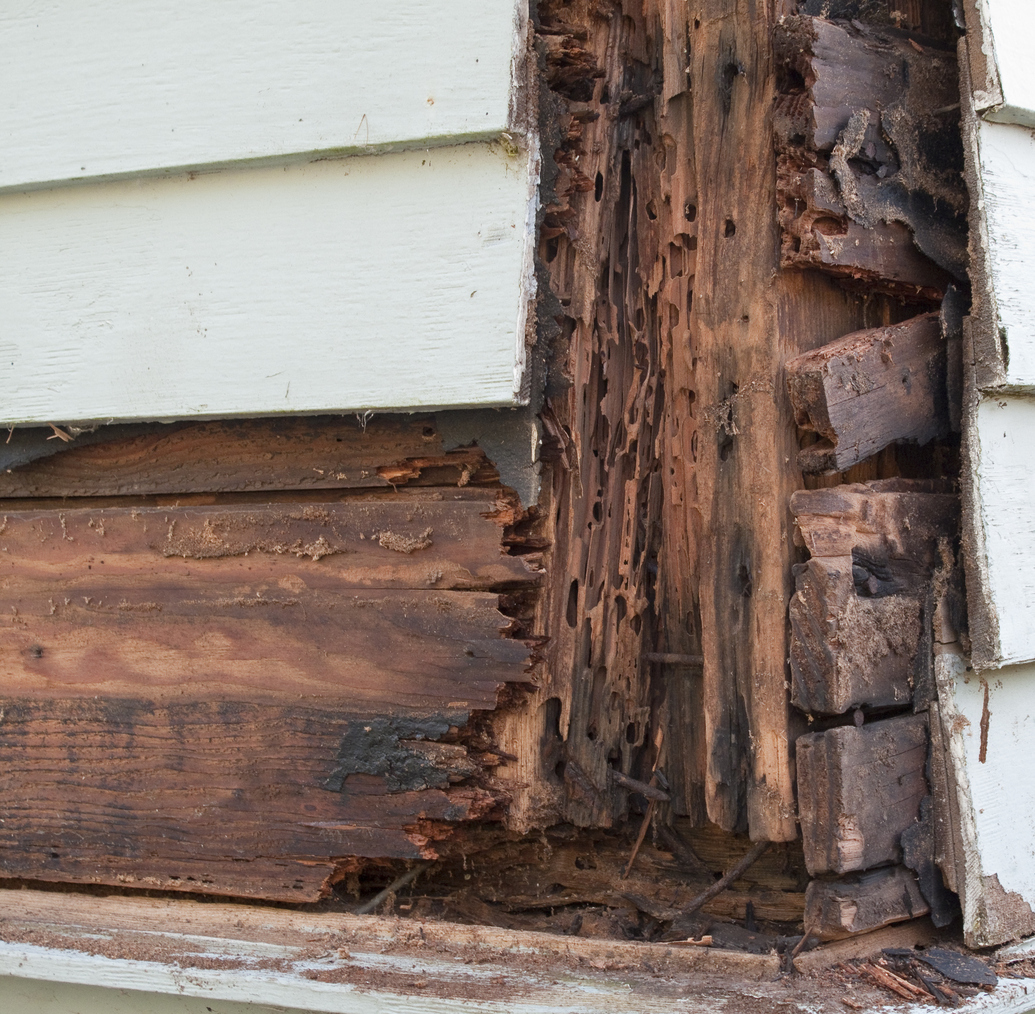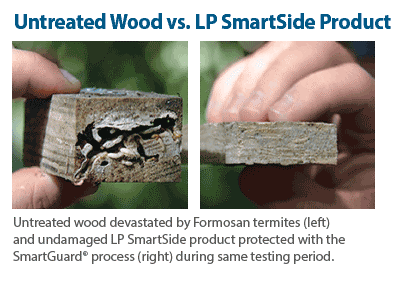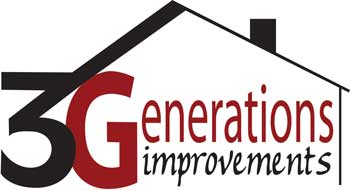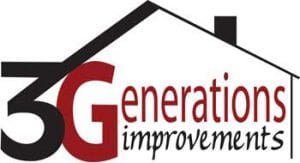Great article from Karen Alves at LP SmartSide. As our climate changes, we may find more termites destroying our wood framed homes. According to Orkin.com:
- Termites damage approximately 600,000 homes in the U.S. each year.
- U.S. residents spend an estimated $5 billion annually to control termites and repair termite damage.
- According to the United States Department of Agriculture (USDA), U.S. residents spend at least $1 billion on Formosan termite control and repairs each year. Some experts estimate the number is closer to $2 billion.
Once a termite infestation is identified, it can be difficult to determine how long the colony has been established in the home. Typically, colonies take more than five years to grow to a size capable of causing damage. Two recent statistics on termite damage on a national and per homeowner level include:
- Each year, termites and similar pests cause an estimated $30 billion in damage to crops and man-made structures in the U.S.
- A homeowner who discovers termite damage will spend an average of $3,000 to repair the damage.
With wood lumber and wood siding prices skyrocketing (see blog post – https://www.3ghomeimprovements.com/2018/10/why-has-the-cost-of-my-remodeling-project-skyrocketed-over-the-last-two-years/), now is the time to consider composite siding panels like LP SmartSide that are treated and warranted against decay and termite infestation.
As Termites Spread Into Northern States, Termite-Resistant Products Become Crucial
by Karen Alves, October 18, 2018

Termites are migrating farther north. Researchers at the Intergovernmental Panel on Climate Change (IPCC) have predicted that the United States will see an annual average rise in temperature of 3 to more than 4 degrees Celsius over the next century. It’s believed this slow temperature climb is allowing termites to better survive the winters in more northern climates, such as parts of Wyoming, Montana and South Dakota. In fact, the only state where termites cannot survive is Alaska. In all but a handful of states, new construction financed by FHA or VA requires a termite treatment.
Termites Are No Match for LP Engineered Wood
If you are a builder or remodeler in an area where termites traditionally haven’t been a concern, it could be time to get ahead of their spread by considering building materials that are engineered to resist termite decay.
One of the most important advantages of LP® SmartSide® exterior trim and siding is that they are engineered to effectively resist damage from termites. During the proprietary SmartGuard® process, these engineered wood products are treated to the core with zinc borate. Zinc borate is made of naturally occurring substances that have been proven to resist termites and fungal decay for decades. This treatment is applied throughout  the substrate of all LP SmartSide products, which are then factory-primed to add yet another level of protection against moisture.
the substrate of all LP SmartSide products, which are then factory-primed to add yet another level of protection against moisture.
Tested in the Jungles of Hawaii
The termite resistance of LP SmartSide products has been proven with testing in the tropical rainforest of Hilo, Hawaii, home to thriving colonies of Formosan termites – the most aggressive species of termite. This environment also poses an average temperature of more than 70 degrees, high levels of humidity and almost 170 inches of annual rainfall. Even after years of exposure to termites in wet and humid conditions, LP SmartSide samples remained structurally sound.

